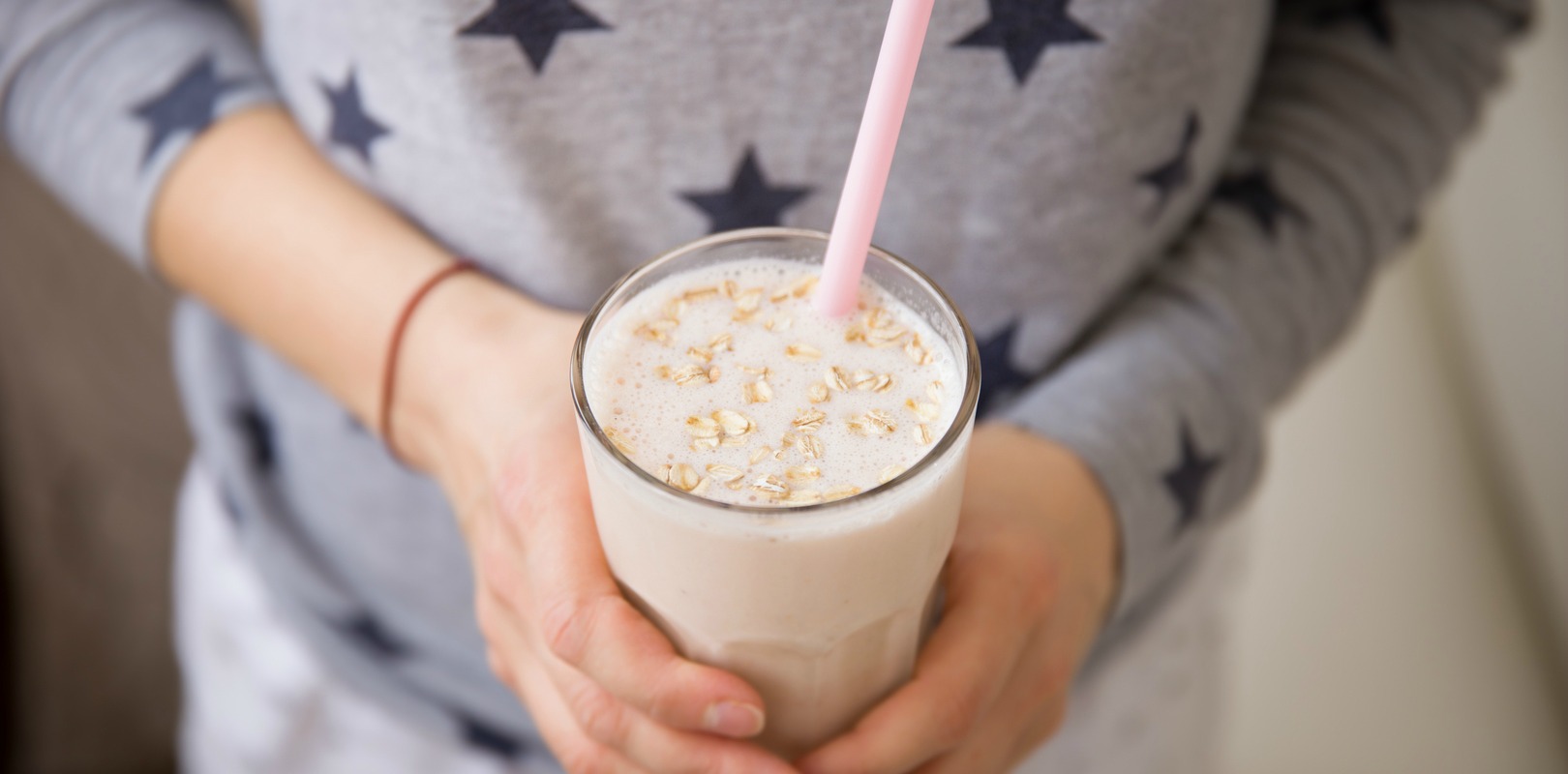Satiety is a key issue in the context of obesity, because it can influence an excessif food intake. Liquid form tends to trigger less satiety than a solid , but how about different kind of beverages? That’s the aim of the experiments conducted by S. Vien et al, which showed significant differences between fluid dairy products and sugar-sweetened beverages.
130 kcal of fluid dairy or fruit punch
A first experience was carried out with 32 children aged from 9 to 14 year. The objective was to compare the effects of water (as control) and isocaloric (130 kcal) amounts of milk, chocolate milk, yogurt drink and fruit punch on appetite an satiety. A second experience, conducted in 20 children of the same age, compared the effects of 130 kcal of milk with 130 kcal of fruit punch of appetite, but also short-term food intake, glycemic response and hormone response. A first serving of the beverage was given 60 minutes before the meal, and a second serving within the meal, which consist in an ad-libitum pizza meal.
Reduced food intake with chocolate milk and yogurt drink
The results of the first experience showed that food intake after chocolate milk and yogurt drink (but not milk) was significantly lower (14% and 10% respectively) than with water drink. However, the total energy intake was higher after caloric beverages vs water. The second experiment reported that milk led to a greater release of satiety mediators than fruit punch, as expresses by a higher pre-meal glucagon-like peptide-1 (GLP-1)* and a higher post-meal PYY**.
The authors conclude that dairy products consumed before and during a meal presented more favorable effects on food-intake, appetite, and satiety hormones than in comparison with a sugar-sweetened beverage.
* GLP-1 is a gut hormone which protracts carbohydrate absorption and contributes to a satiating effect.
** PYY is secreted by the ileum and colon in response to a meal, and has been shown to reduce appetite
To learn more, read the original article.
Source : Vien S et al. Applied Physiology, Nutrition and Metabolism 2017;42:302-310.



